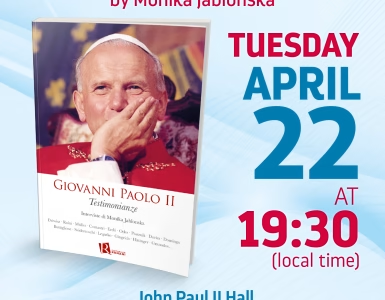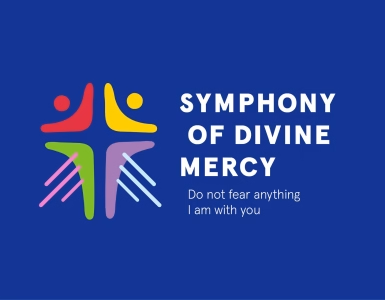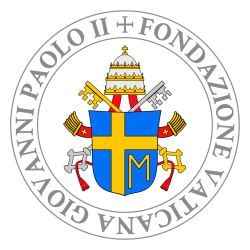The first trips already clearly presented the objectives of this pontificate, which was missionary in its nature. During his pontificate he was to face the communist world, but also a liberal society, to take action for ecumenism and dialogue between religions. What surprised me, even more than it did to the Holy Father, was the greeting at Ankara Airport. Very mute, quite formal. The streets were empty; a very big difference from previous trips. Perhaps this should not come as a surprise if you know that Turkey is a secular country, and at the same time almost 100 percent Muslim. Either way, it was an important journey. The Pope was able to meet with the Orthodox Patriarch of Constantinople and make his first contact with Islam. Slowly, not only the strategy was formed, but also the deep and innovative meaning of pilgrimages to the “living sanctuary of the people of God”, as John Paul II used to say. Travel became increasingly systematic and institutional and became an integral part of Papal ministry and teaching. Catholicism gained, showing its versatility and fostering the development of the missionary spirit. The Holy See’s relations with local Churches have strengthened, while they also become stronger and united more and more. Often, after the pilgrimage of the Holy Father, there were more priestly vocations (as in the case of Eastern Europe and Africa) and conversions (in South Korea, where Buddhism and Confucianism dominate). Sometimes the spiritual atmosphere surrounding a pilgrimage engaged the whole nation and in a sense transformed its face.
Cardinal Stanisław Dziwisz – “Testimony”
TBA Publisher, Warszawa 2007





